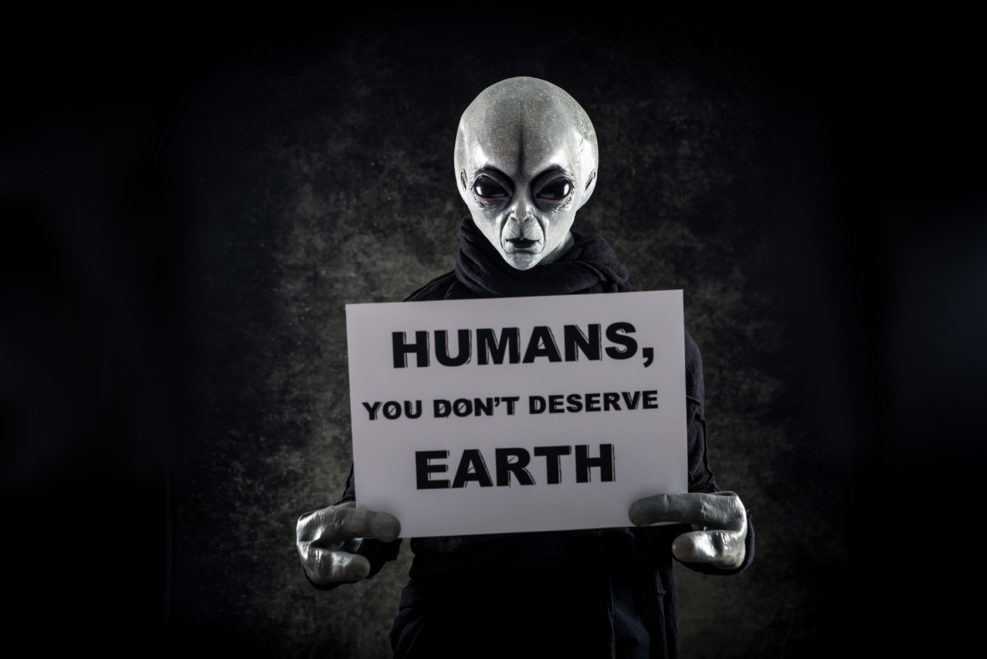
TagExtraterrestrials (ET)

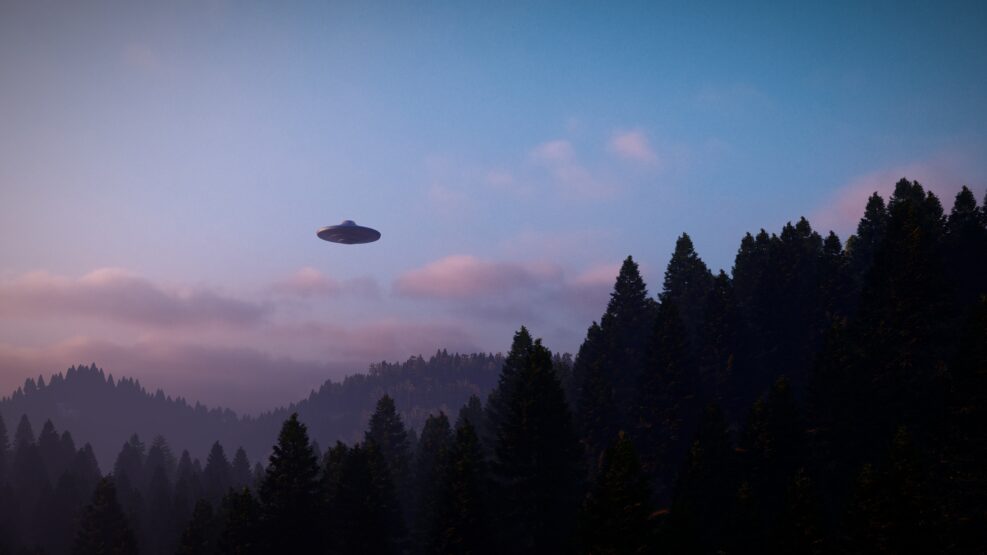
Just in Case You Were Wondering, Aliens Exist (Allegedly)
The whistleblower report is out: aliens are real! At least, that's the rumor.The whistleblower report is out: aliens are real! At least, that’s the rumor. And the government has been hiding it for decades, apparently. If you needed another bizarre headline in your feed, we’ve got you covered. Although to be fair, the extraterrestrials have been in the news pretty often over the last couple of years. In 2021, the Pentagon confirmed that images of an unidentified flying object were taken by Navy personnel. Even earlier photos of similar “UFO” looking aircraft surfaced, going against strong winds and having all the appearance of highly advanced technology. Now, the whistleblower, Air Force veteran David Grusch, says that the US government recovered an alien spacecraft and has been hiding the fact for years, even Read More ›
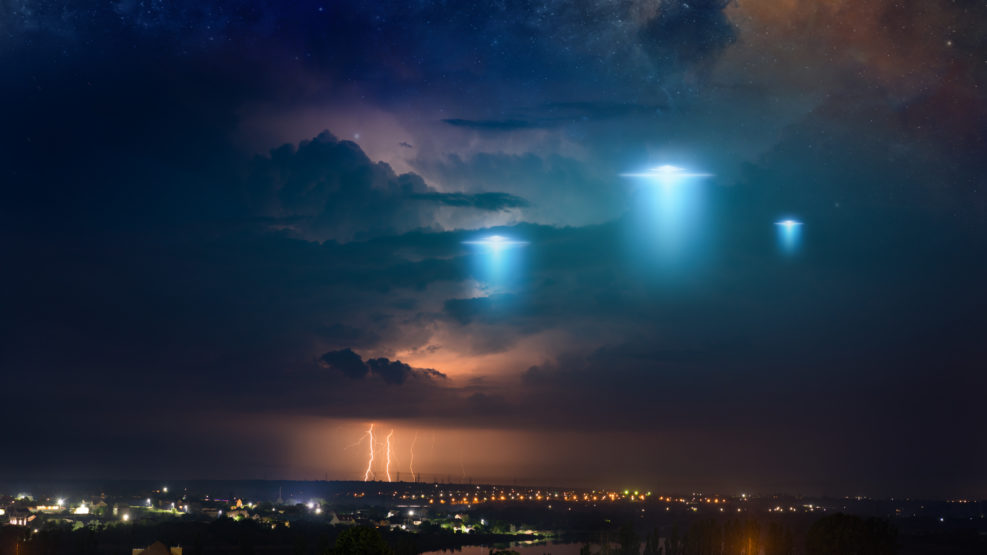
Elon Musk Keeps Buzz About Extraterrestrials in the News
He has said that we may be ET’s sims. Then this year he created an uproar by doubting UFOs — and another one months later by implying that they do exist. Huh?Self-driving car and private space travel entrepreneur Elon Musk has been all over the map recently as far as ET is concerned. He has claimed that our universe may have been simulated by extraterrestrials. He has hinted that he himself is an extraterrestrial. Earlier this year, he apparently reversed course and identified (on Twitter) the strongest argument for the idea that ET doesn’t even exist: ‘Strongest argument against aliens,’ Musk tweeted, along with two charts that shows camera resolution has advanced, but UFO pictures have remained the same. The post concludes that extraterrestrials do not exist, due to most images showing floating blobs, but many of the comments argue otherwise. One user responded with ‘that’s exactly what an alien would Read More ›

If We All Depended On a Few Handfuls of Seeds… – Sci-fi Saturday
Actually, we do. An inventive Norwegian filmmaker has made a short sci-fi film out of a possible outcome“Voyager” (2017) by Kjersti Helen Rasmussen (uploaded at DUST October 4, 2021, 7:39 min) A shooting star falls down over the Arctic island of Svalbard and The Global Seed Vault gets an unexpected visitor. Review: Kjersti Helen Rasmussen’s film (she’s the writer as well as the director) has received over 100,000 reviews at DUST since October 4. That’s no wonder because there really is a Global Seed Vault in the Norwegian arctic at 78 degrees N, offering “safe, free and long-term storage of seed duplicates from all genebanks and nations participating in the global community’s joint effort to ensure the world’s future food supply.” As a Mobster might say, it would be a shame if anything happened to it. The Read More ›
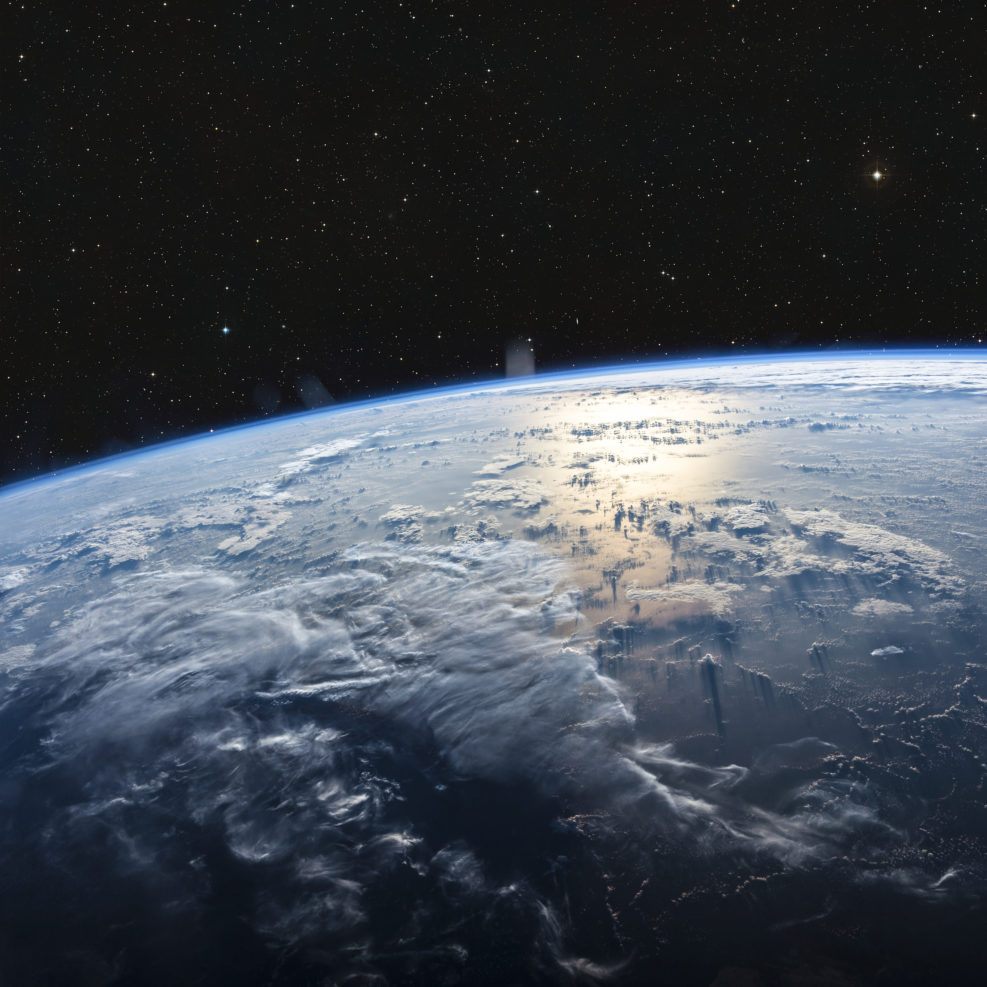
Is Life From Outer Space a Viable Science Hypothesis?
Currently, panspermia has been rated as “plausible but not convincing.” Marks, Hössjer, and Diaz discuss the issuesWalter Bradley Center director Robert J. Marks has been doing a series of podcasts with Swedish mathematician Ola Hössjer, and Colombian biostatistician Daniel Díaz in connection with a recent co-authored paper on the fine-tuning of the universe for life in the Journal of Cosmology and Astroparticle Physics. In the first portion of this episode, podcast 153, “Why is there fine-tuning everywhere?” they look at one explanation offered for that fact in recent decades: panspermia (life was seeded throughout the universe) by advanced extraterrestrial beings. Prominent scientists who were atheists gave the theory the needed push. What is the science support for it? https://episodes.castos.com/mindmatters/Mind-Matters-Episode-153-Hossjer-and-Diaz.mp3 This portion begins at 01:53 min. (The simulation theory portion begins at 4:59 min). A partial transcript, Read More ›

The UFOs Carl Sagan Was Convinced Of But Couldn’t Talk About
Sagan had already been denied tenure at Harvard, a sci-fi screenwriter reflects, and he couldn't afford to take more chancesSci-fi screenwriter Bryce Zabel recalls a memorable dispute with cosmologist Carl Sagan (1934–1996) in a parking lot forty years ago: The Voyager II unmanned spacecraft had been launched in August of 1977. Now, four years later, it was due to make its closest approach to Saturn on August 25, 1981. It was even going to send back photos in almost real time. I got an idea. Bryce Zabel, “Cosmic Collision: My UFO Debate with Carl Sagan” at Medium (August 24, 2021) His idea was to interview Sagan (remember the insignificant Pale Blue Dot that Earth is supposed to be?). I got to host Saturn and Beyond, and it was going to be Carl Sagan and me “live,” without commercial interruption, Read More ›
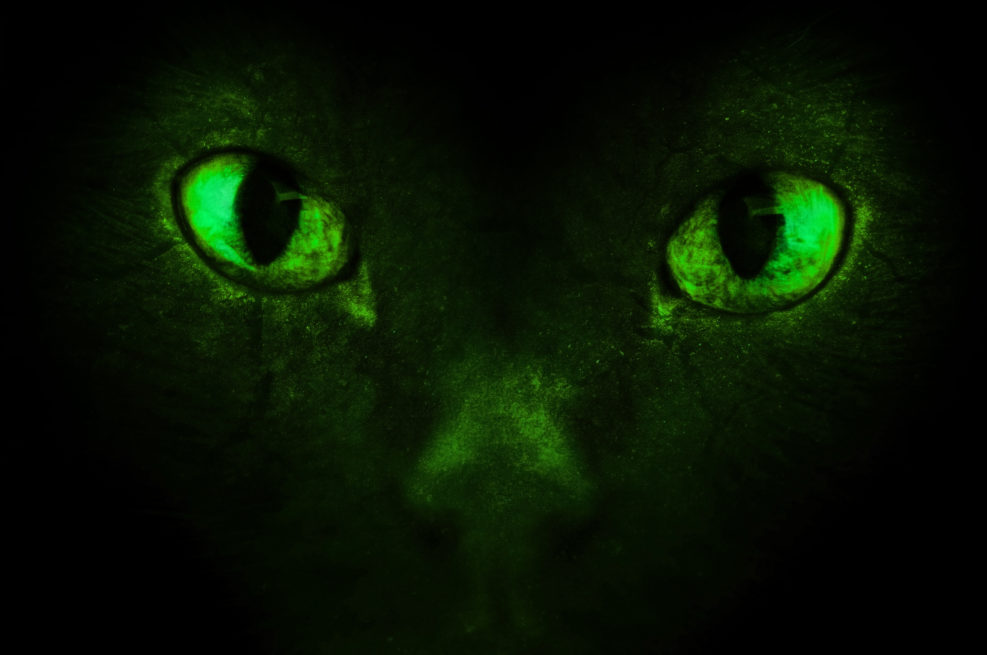
Ancient Philosopher: There Might Be Life Forms Not Bound to Earth
Surprisingly, a philosopher may have thought of it first over 2500 years agoWade Roush, author of Extraterrestrials, discusses the views of Anaximander (c. 610—546 B.C.E.) Anaximander, a philosopher who lived in Miletus in modern-day Turkey, contributed one key idea. He was the first to propose that Earth is a body floating in an infinite void, held up by nothing. For someone who lived 2,200 years before Isaac Newton, this was a stunning insight. The philosopher Karl Popper called it “one of the boldest, most revolutionary, and most portentous ideas in the whole history of human thought.” Anaximander also thought Earth was a cylinder with the continents arrayed on one flat end, so he wasn’t right about everything. But he did invent the idea of space, a place with no absolute up or Read More ›
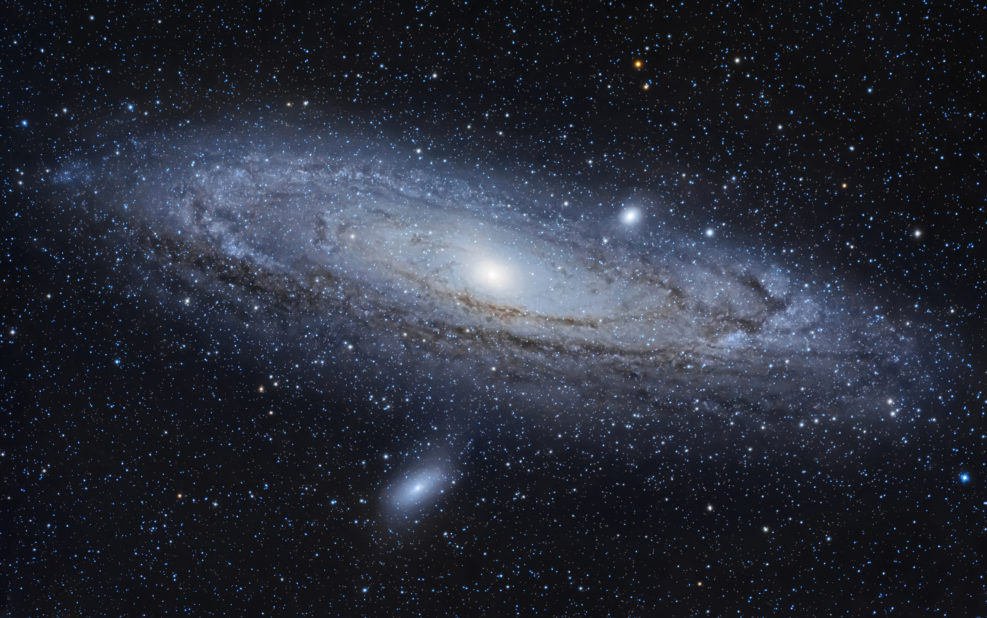
Veteran Science Writer Says We Won’t Meet Intelligent Aliens
Not because they are not there but because vast interstellar distances make them unreachable“It does not matter if intelligent life exists elsewhere. We will never find each other,” says veteran science writer Alex Berezow. He’s not saying they are not out there. He is throwing cold water on our chances of contacting them. Some things, he admits, have changed: Thanks to advances in astrophysics, we now know that there are billions of exoplanets in the Milky Way alone, leading most of the scientific community to conclude that life probably does exist elsewhere in the universe. Those who do not believe so are now considered the kooks. And while alien abductions are still not in the mainstream, UFOs are — so much so that the U.S. intelligence community just issued a report on them. Alex Berezow, “We are Read More ›
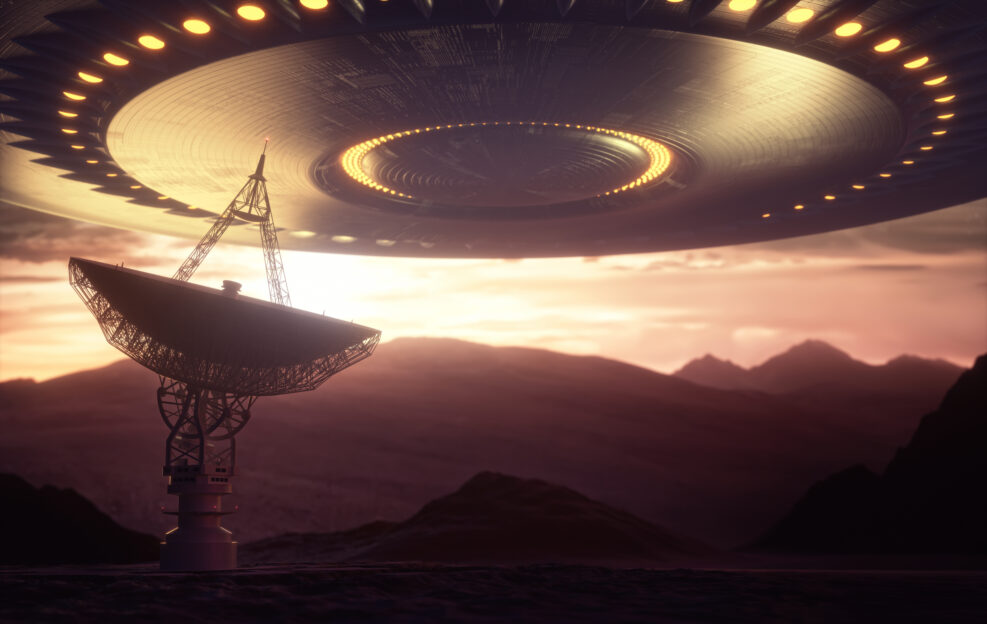
NASA Seeks Standards for ET Life Claims
The agency wants to develop a credibility scale so we know what to pay attention toWhat with everything from Oumuamua to phosphine on Venus claiming our attention, NASA thinks it’s time to develop some standards for what constitutes a credible claim about extraterrestrial life: “The discovery of a potential biosignature in [a planet’s] atmosphere is important, but it’s just the start,” said Green in an interview. “You have to examine potential false positives, whether there are [non-biological] ways to form the chemical, whether the measurement is an artifact of your instrument, whether the environment on the planet is conducive or hostile to life, whether water is present.” Applying such a chain of reasoning could result in a kind of credibility scale for the general public to turn to when they read about new results in Read More ›
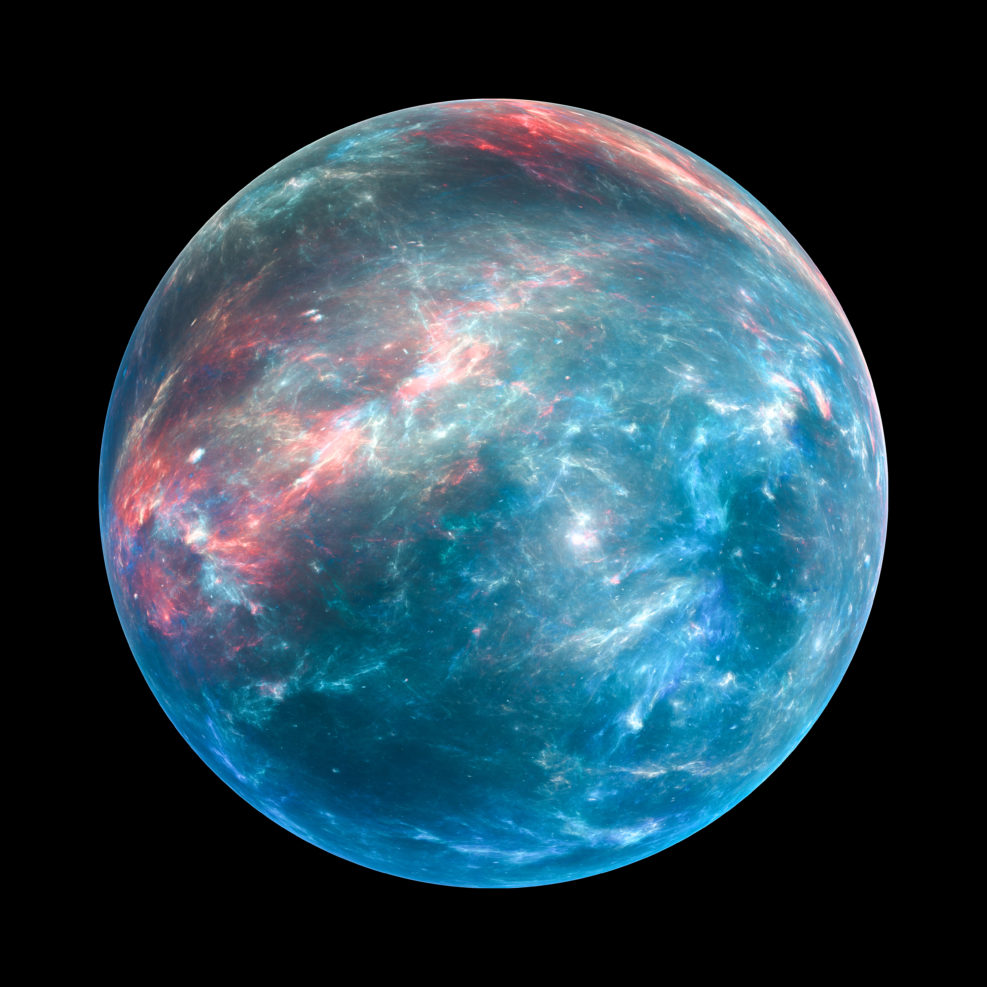
Why the Search for ET Now Focuses on Oceans in the Outer Planets
Some researchers are refining their ET life-tracking skillsThe moons of the outer planets, research shows, have vast oceans and water is an essential ingredient of life as we know it. Natalie Elliot, a science writer with a specialty in astrobiology, explains, The hottest spots in the search for alien life are a few frigid moons in the outer solar system, each known to harbor a liquid-water ocean beneath its icy exterior. There is Saturn’s moon Titan, which hides a thick layer of briny water beneath a frozen surface dotted with lakes of liquid hydrocarbon. Titan’s sister Saturnian moon Enceladus has revealed its subsurface sea with geyserlike plumes venting from cracks near its south pole. Plumes also emanate from a moon that is one planet closer to the Read More ›
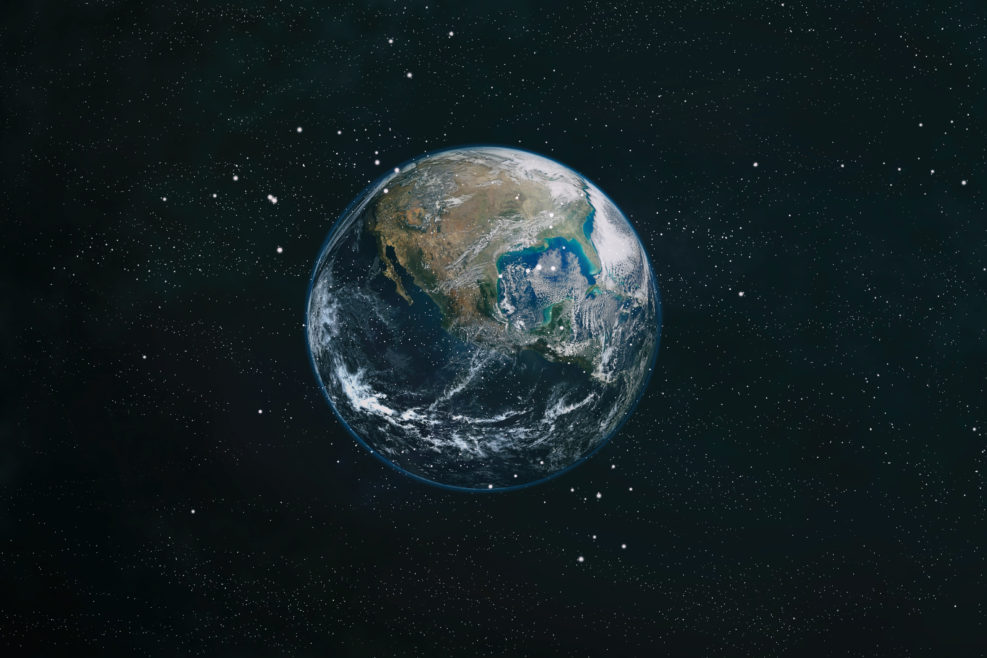
Cornell: Earth Could Be Seen by ET Far More Easily Than Thought
Using analytic software, researchers can determine whether Earth would be visible from a given star systemAccording to Cornell and American Museum of Natural History researchers, “Scientists have identified 2,034 nearby star-systems — within the small cosmic distance of 326 light-years — that could find Earth merely by watching our pale blue dot cross our sun”: Scientists at Cornell University and the American Museum of Natural History have identified 2,034 nearby star-systems — within the small cosmic distance of 326 light-years — that could find Earth merely by watching our pale blue dot cross our sun. That’s 1,715 star-systems that could have spotted Earth since human civilization blossomed about 5,000 years ago, and 319 more star-systems that will be added over the next 5,000 years. Exoplanets around these nearby stars have a cosmic front-row seat to Read More ›

What If the UAP (UFOs) Are Much Simpler Life Forms Than We Think?
Why assume, if the unexplained phenomena are ET, that they are more advanced than we are? What if the opposite is true?Readers will recall that on June 25, the Pentagon released a nine-page report on Unidentified Aerial Phenomena (UFOs) which signaled a significant change in attitude from debunking to carefully assessing. That is, we don’t know what’s out there but it’s something and we had better find out. The report references 144 incidents, of which investigators “could not explain”143. First, some reactions from science writers at Futurism: They were generally “disappointed” by the report’s uncertainty, accompanied by tantalizing hints: Reports of strange sightings made by US military pilots emerged after The New York Times published a series of mysterious videos in 2017, captured by military personnel and showing unidentified objects that seemed to defy the laws of physics. The June report, Read More ›

ET Expert Thinks That ET Is Probably AI (Artificial Intelligence)
Given the immense interstellar distances, not being alive might be the only way ET could get here.Search for Extraterrestrial Intelligence (SETI) astronomer Seth Shostak (pictured) confesses that these are exciting times for alien hunters like himself, what with the Pentagon’s anticipated July 25 report on unidentified aerial phenomena. Still, he doesn’t expect any big revelations: “I think it’s overwhelmingly likely that aliens are present in our galaxy. But I don’t believe they’re hanging out in our airspace. Not now, and not in historic times.” On the other hand, he goes on to say, every third star in our galaxy could host an Earth-like planet so the odds are we are not alone. Few life forms on Earth resemble humans, so why should extraterrestrials? But if we are not alone, what would ET be like? A gaseous Read More ›

The UAPs (UFOs) Are “Not Caused by Any U.S. Advanced Technology”
And that’s all the Pentagon probably really knowsJune 25, the U.S. Department of Defense will release a report on UAPs (unidentified aerial phenomena), a term now preferred to UFOs (unidentified flying objects). A number of unusual sightings since 2017 prompted Congress to ask for a report. According to space industry reporter Leonard David, the justification is airspace safety and control, not an effort to support or refute claims about alien spacecraft: “The report’s firmest conclusion, it seems, is that the vast majority of UAP happenings and their surprising maneuvers are not caused by any U.S. advanced technology programs.” That might mean, for example, UAP are entirely homegrown products of revolutionary and clandestine technological advances, whether by other countries now challenging American airspace or by the U.S. itself Read More ›
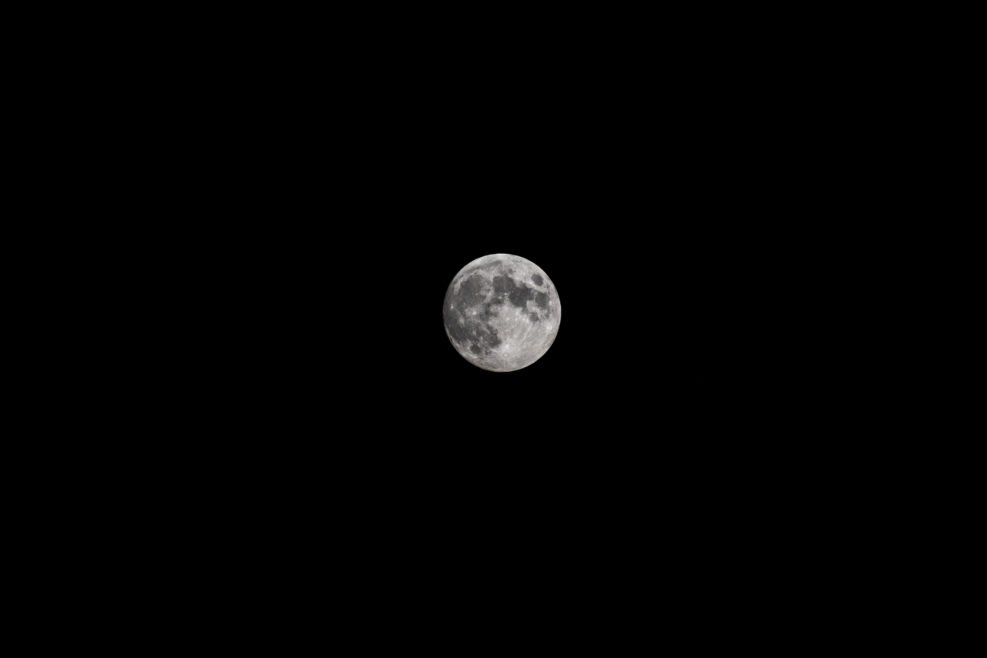
Sixty Billion Stars. And No Aliens? What Now?
Are we approaching a crisis of faith in ET?At Universe Today, Matt Williams asks if it is time to update the Drake Equation, by which you could settle — in your own mind — how likely the aliens are. It began to be developed nearly sixty years ago at a conference at the National Radio Astronomy Observatory in Green Bank, West Virginia. And everyone took for granted that we would be hearing from the aliens soon. That was the basis of Search for Extraterrestrial Intelligence (SETI) — keeping the hope alive. Rather than being an actual means for quantifying the number of intelligent species in our galaxy, the purpose of the equation was meant to frame the discussion on SETI. In addition to encapsulating the challenges facing scientists, Read More ›
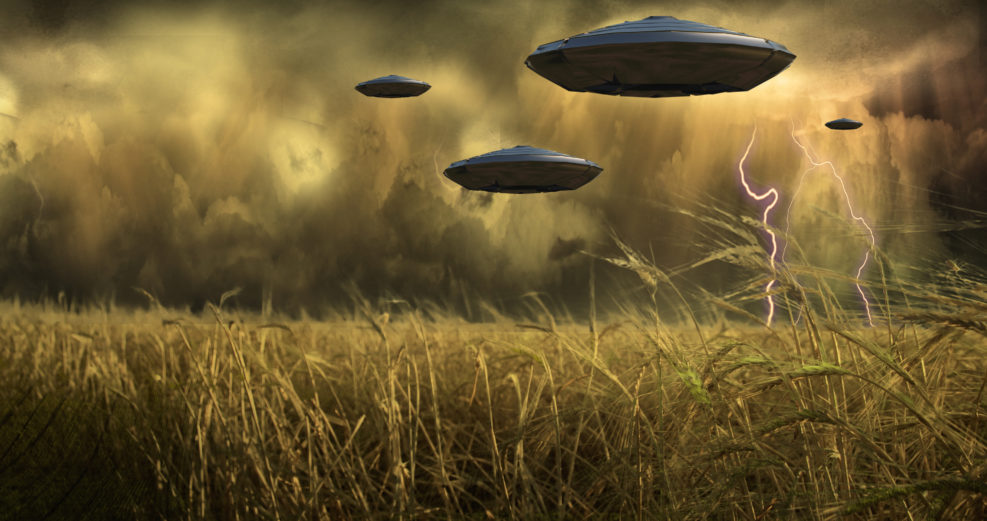
Sci-Fi Saturday: In Fenestra, the Aliens Land in a Domestic Drama
As the alien ships loom worldwide, the cheating boyfriend thinks he can just come back…“Fenestra” (2020) at DUST by Jason Sheedy (May 13, 2021, 3:49 min) “A heartbroken woman must contend with a cheating boyfriend — and an incoming alien invasion.” Review: Okay. What if the aliens land just as a guy wants his woman to know that he is sorry for cheating on her after six faithful years. Of course, he counts on coming back to her amid the chaos. But maybe his stepping out was happening at just the right time for her… Who is she anyway? Erin Ownbey does a good job of looking pretty fed up and Brett Brooks of just not getting it. Impressive alien ships. “Fenestra” is under four minutes in length, which is handy if you would Read More ›
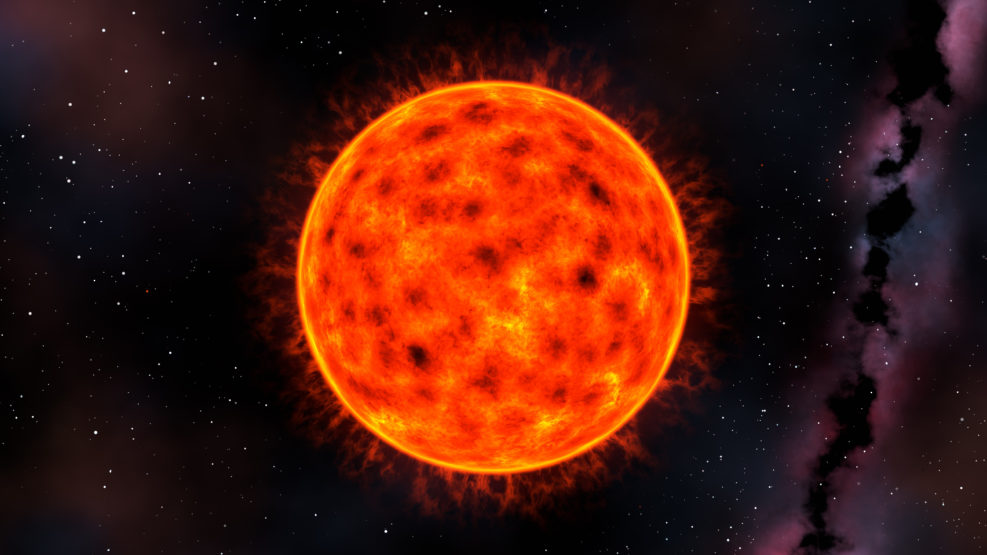
Could Red Dwarf Stars Host Planets With Intelligent Life?
Red dwarfs are much more numerous than brighter yellow dwarfs like our sunOur Sun is a yellow dwarf star, shiny but comparatively short-lived. Red dwarfs are said to be the most common and longest-lived type of star in our galaxy. They are long-lived because they do not emit much radiance. How large are their habitable zones? A key problem turns on how much light they emit that is useful for life. That was quite a topic of discussion earlier this year at Centauri Dreams (dedicated to “Imagining and Planning Interstellar Exploration”). Astronomer and mathematician Henry Cordova offers some thoughts: All else being equal, the radiant flux received by the planet must then be directly proportional to the luminosity of the star, and inversely proportional to the square of the planet’s distance from Read More ›
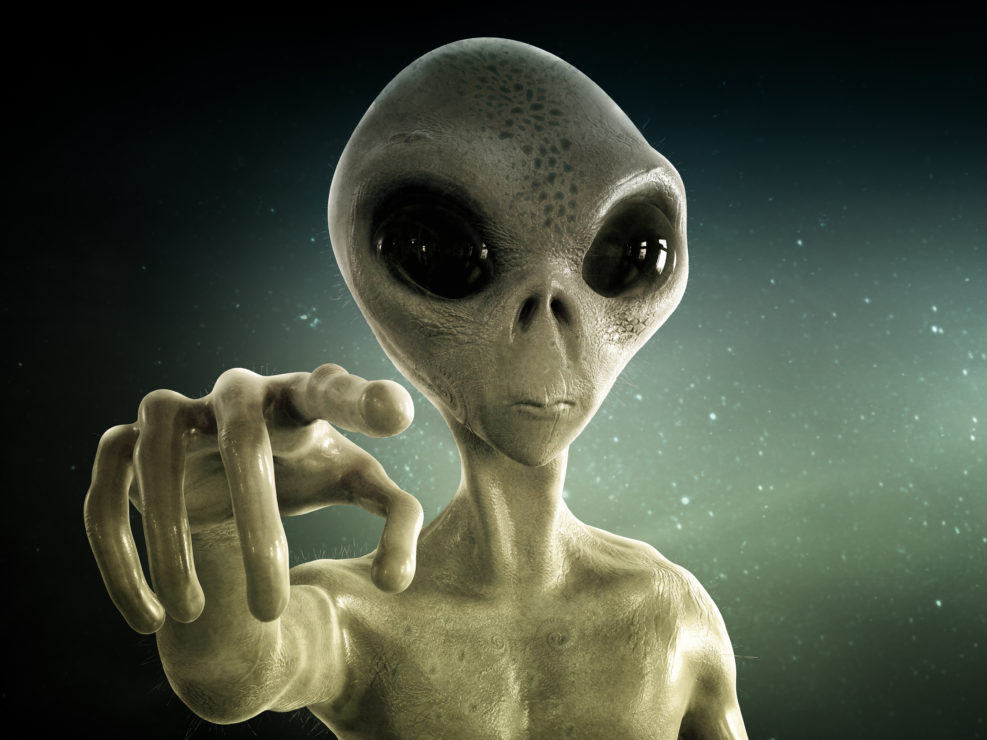
Zoologist: Law of Evolution Can Predict What Aliens Will Be Like
Arik Kershenbaum’s new book argues that convergent evolution on Earth helps us understand what to expect from extraterrestrial lifeCambridge zoologist Arik Kershenbaum, author of Zoologist’s Guide to the Galaxy (2021), thinks that convergent evolution here on Earth can offer us guides to what must happen on other planets that can support life. “Convergent evolution” means that radically different life forms arrive at the same solutions. He told science writer Dan Falk in an interview: Sometimes this “convergence” of traits is for something obviously useful, like wings. But sometimes convergence produces bizarrely similar creatures that share so many characteristics, it can be hard to believe they’re not closely related. The recently extinct thylacine [a large predatory marsupial native to Tasmania and mainland Australia], for example, could easily be mistaken for a peculiar breed of dog, but it’s much more Read More ›
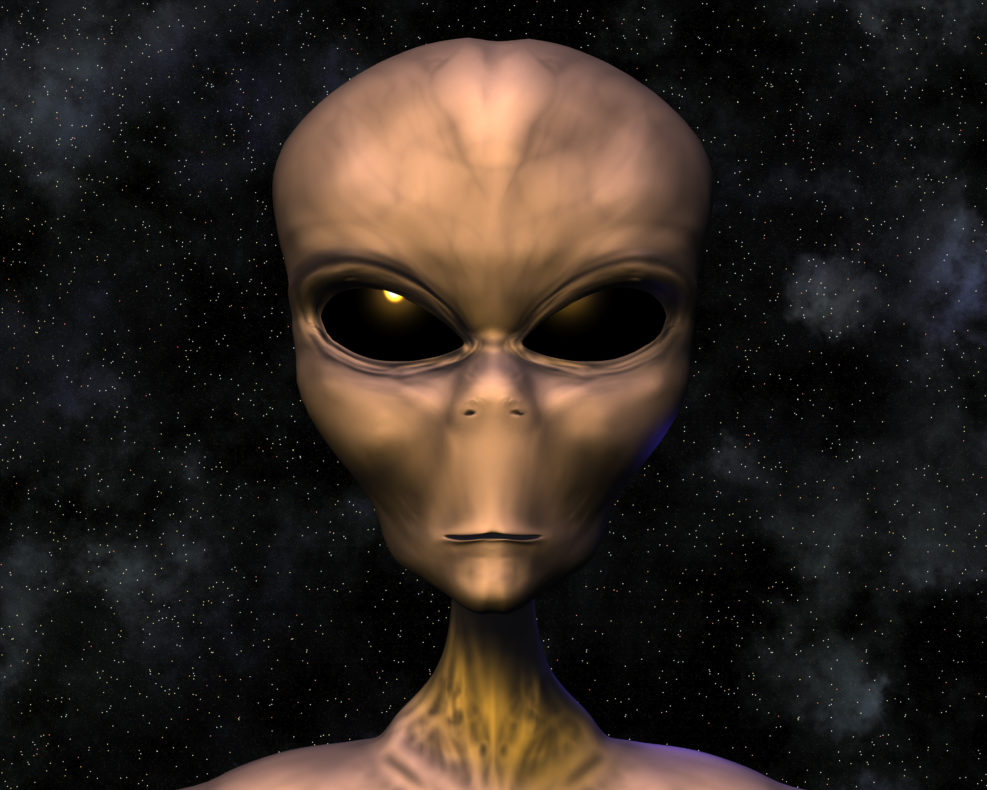
SETI Director Warns: Those Aliens Could Be Malevolent
Harvard astronomer agrees: We’ve sent a lot of signals in recent years; they may have got them. But now what?As the Mars Rover Perseverance bumps around looking for fossil bacteria and such, many students of possible ET life are becoming surprisingly cautious about what it might mean: “We have no reason to believe that technological advancement and altruism or morality are somehow linked,” SETI researcher Andrew Siemion told Inverse. “There probably are malevolent civilizations elsewhere in the universe so that’s certainly something that we should consider as we continue to explore the universe.” Siemion, who’s the director of the Berkeley SETI Research Center and principal of the alien-hunting Breakthrough Listen project, is invoking a tension at the heart of any project searching for alien life. Successfully finding it would change the world — but there’s also no guarantee humanity Read More ›
